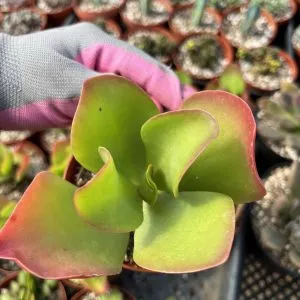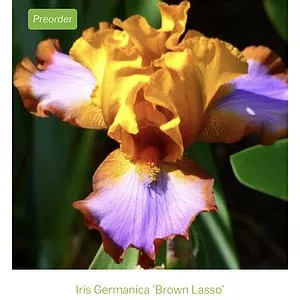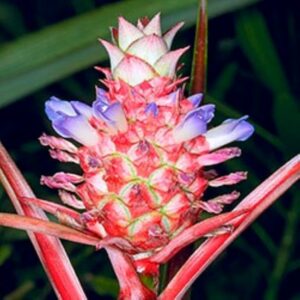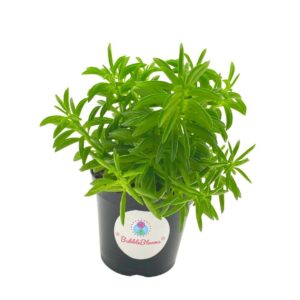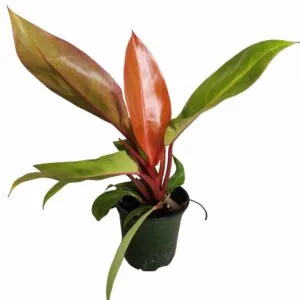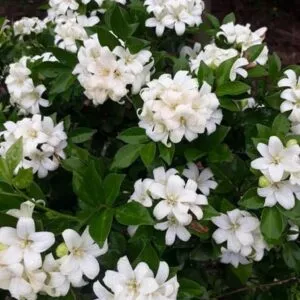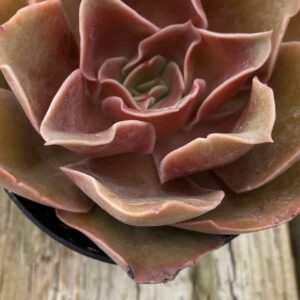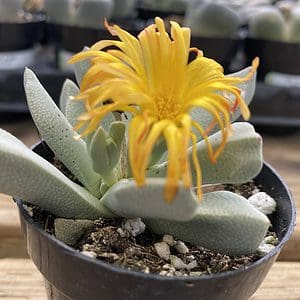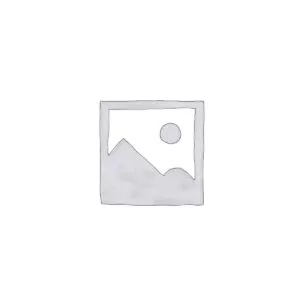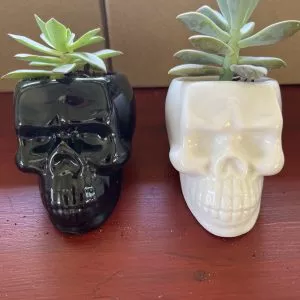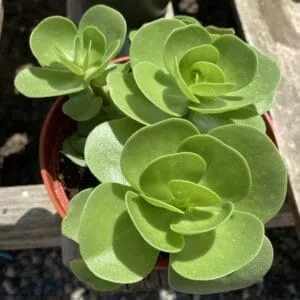No products in the cart.
Table of Contents
Okay, we must agree that the Selaginella is a rare plant not famous for indoor collections. Growers use it more as a ground cover, but they have particular outdoor needs. But you can grow them in a terrarium as an indoor plant.
Today, we will help you with three distinct varieties in the species of Selaginella plants. The fact is there are only a few of them cultivated as a houseplant: Selaginella apoda, Selaginella kraussiana, and Selaginella martensii.
As mentioned, the best way to grow this spike-moss plant is to enjoy high humidity is in a terrarium.
Background History of the Selaginella
When it comes to the Selaginella kraussiana plant or any other variation in the species, they look diverse in color. The foliage comes over as scale-like leaves with veins running through them. The plant is green but can appear bluish when grown in the shade.
The plant can also be a creeper, trailer, or climber and is a perennial often found for ground covering. As they spread, you can find new roots growing from the stem as a creeper. Many gardeners refer to it as trailing moss, spike moss, club moss, or arborvitae fern.
You find this plant throughout the northern hemisphere found in tropical forests.
Taking Care of Selaginella Species
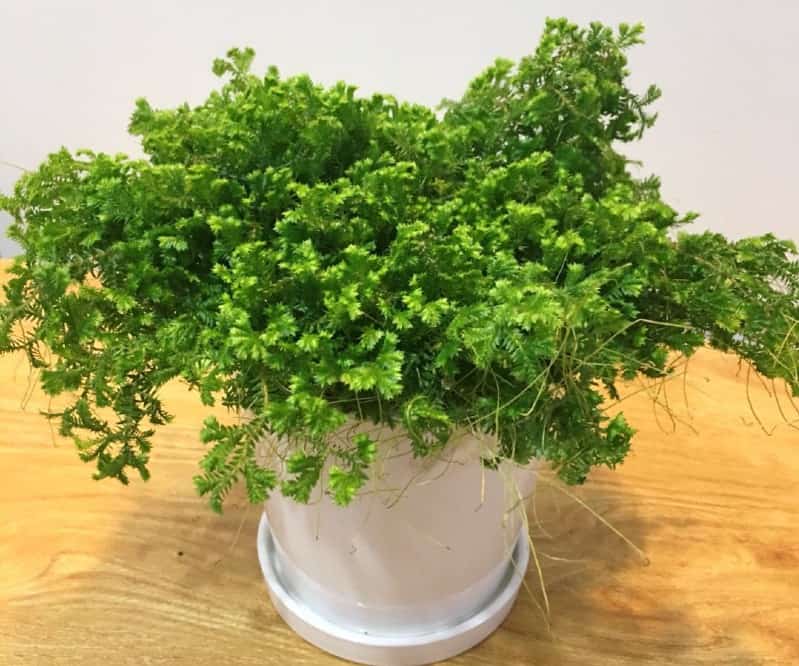
Great now that the background on the Selaginella plants covered here are the basics to care for this indoor plant. Make sure to stay longer as we have a detailed one following the shortlist.
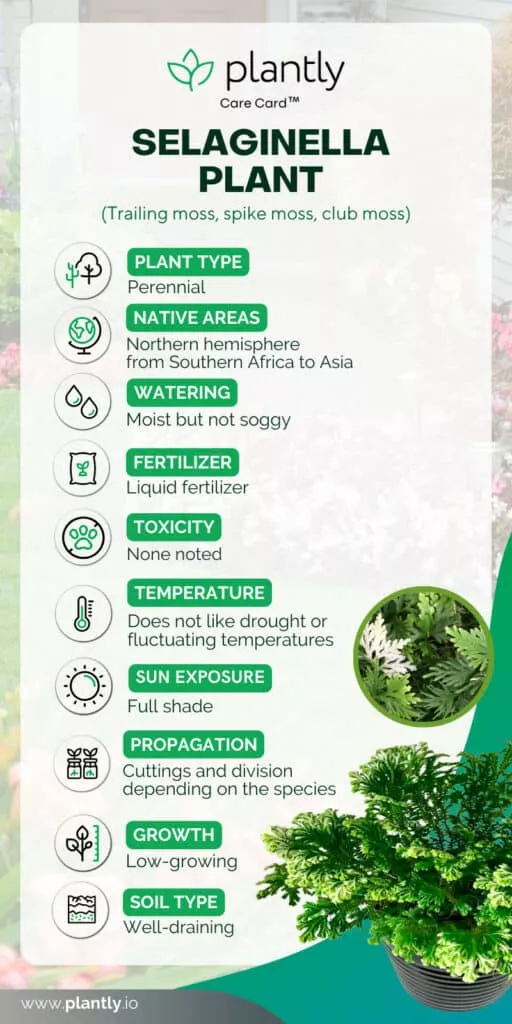
Recommended Potting Mix for Spike Moss
Provide your Selaginella fern with humus-rich soil that drains well, and your indoor plant will smile every day. For the appropriate pH levels, opt-in using an acidic to neutral one around six pH for the best results.
Lighting Needs for Selaginella Plants
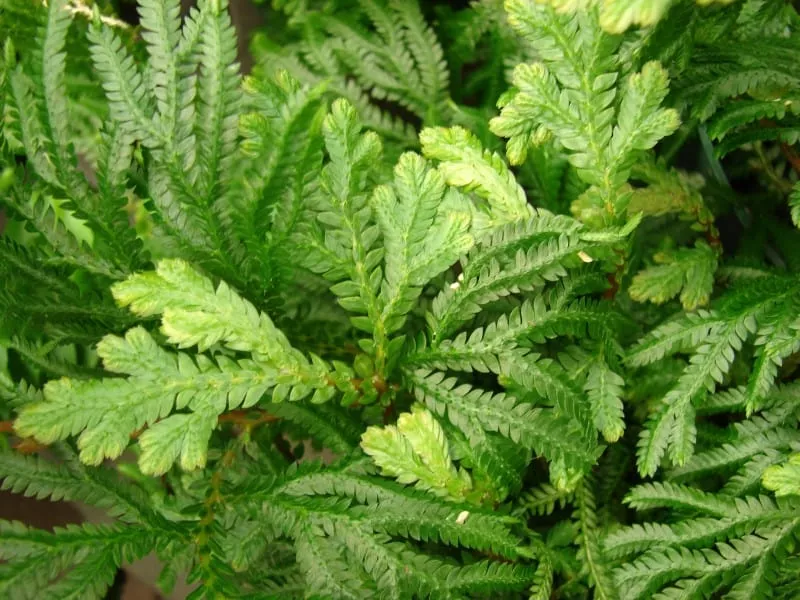
It prefers full shade, whether grown as an outdoor plant or in a terrarium. It can do well in low light with a bit of bright light but needs a semi-shade. The more light this indoor plant gets, the greener the foliage is.
Grown outdoors, it helps to provide a variety of Selaginella with at least two hours of direct sunlight. You can keep it exposed to partial shade for up to six hours, or you may end up with a sad plant with scorched leaves.
An added note if you do exhibit it to full sunlight, the soil needs to remain wet. So, friends, outdoors, it takes a lot of work to keep your baby happy.
In stock In stock In stock In stock
$12.00
Sold By:
Cacti and Exotica
Kalanchoe—Dragonfire hybrid
Rated 4.98 out of 5 based on 59 customer ratings00
Sold By:
Cacti and Exotica
$10.00
Sold By:
Smoot's Farm
Iris German Tall Bearded Brown Lasso Niswonger 1972 1 Dormant Rhizome
Rated 4.89 out of 5 based on 27 customer ratings00
Sold By:
Smoot's Farm
Free Shipping
$17.50
Sold By:
California Tropicals
Hoya Carnosa Krinkle Wax – 4” from California Tropicals
Only 49 available and it’s in 1 people’s basket Rated 4.96 out of 5 based on 25 customer ratings07
Sold By:
California Tropicals
Free Shipping
$39.99
Sold By:
Aloha Hawaii Orchids
$44.99Orchid Miltassia C.M. Fitch ‘Izumi’ Live Plant From Hawaii | Comes in a 4″ Pot
Rated 4.65 out of 5 based on 268 customer ratings00
Sold By:
Aloha Hawaii Orchids
Watering Needs for Selaginella Kraussiana and Other Varieties
Here the crucial thing is to keep the ground moist but not sopping wet. Neither must the soil dry out. When watering these tropical plants, use tepid water such as distilled instead of hard tap water. Your spore plant does not like lime, so best to keep the water lime-free where possible.
Ideal Temperature & Humidity

When the plant grows as a dense ground cover, it can withstand temperatures between 65° to 75°F (18°C to 24°C). But this club moss does not enjoy draughts or fluctuating temperatures.
Even cold temperatures are tolerated but growing in frosted zones is a no-go. Now, the next part is crucial, and that is humidity.
The Selaginella family needs high humidity, and if you cannot provide it, things go south for your leafy friend. Hence, if not grown in a terrarium, the most beneficial place is in a room with a high moisture level.
You can also place a humidity tray with pebbles and water to provide moisture. Or invest in a humidity monitor to keep an eye on your tropical plant.
We also recommend giving your indoor plants regular misting to help.
Feeding Selaginella Kraussiana Variegatus
You can feed your Selaginella family once a month using a balanced liquid fertilizer from spring to fall. Still, we recommend diluting it to half the recommended strength. Less is often better when it comes to your houseplants. Why? Too much feeding can kill them.
In stock (can be backordered) In stock In stock (can be backordered)
Free Shipping
$21.99
Sold By:
Gar-Zen Botanical Design
Ananas Lucidus Fire Pineapple Rare Plant Ships Free.
Only 5 available and it’s in 2 people’s basket Rated 4.86 out of 5 based on 49 customer ratings01
Sold By:
Gar-Zen Botanical Design
$14.99
Sold By:
BubbleBlooms
Taco Plant / Peperomia axillaris / Happy Bean / Peperomia ferreyrae Yunck / philodendron selloum, horsehead philodendron, tree philodendron
Rated 4.81 out of 5 based on 279 customer ratings00
Sold By:
BubbleBlooms
$20.00
Sold By:
PotHedz Plants
Philodendron Prince of Orange
Only 2 available and it’s in 12 people’s basket Rated 4.96 out of 5 based on 106 customer ratings01
Sold By:
PotHedz Plants
Propagating Your Trailing Plant
When it comes to your vascular plant, you can propagate them through cuttings, especially your Selaginella kraussiana and Selaginella martensii. But you can also use division on the Selaginella kraussiana and Selaginella apoda. The easiest method is plant division done as follows:
- Remove the plant from your hanging baskets and divide the plant into two or even more sections.
- Place each section in new potting soil with drainage holes to ensure the water runs freely out of the containers.
For stem cutting, you can do as follow:
- First, look for a strong stem on the mother plant.
- Take sterilized scissors to make a clean cut. Then, please get a new shallow pot ready with a fresh potting mix and plant the cutting.
We already know the following question: Can you grow your spore plants from seeds? Unfortunately, the answer is no for some Selaginella species as they do not produce seeds. So, this is a rare plant when you have one.
But as it is a spore plant, it can multiply by itself when grown outdoors but is a slow-going process.
USDA Growth Zone
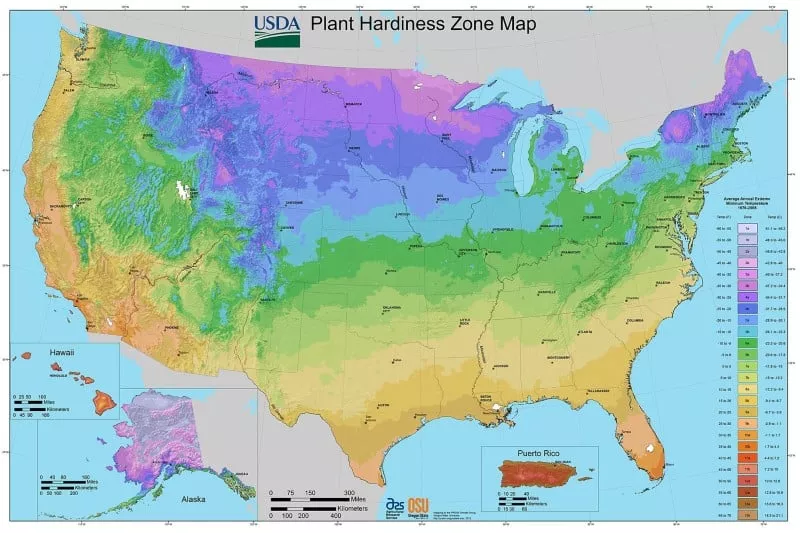
You can grow your Selaginella in the USDA hardiness zones 5a to 9b. The important thing is to provide well-drained soil, indirect light, and the correct humidity levels. Also, remember while it can tolerate colder temperatures, it cannot handle frost.
Potting and Pruning
When growing Selaginella, the best is not to keep it in a pot, and best grown outdoors or in a terrarium. Another great option is a bottled garden, as it provides a high humidity level.
Still, grown as an outdoor plant and as ground cover, it needs no repotting, and in most cases grown in a pot, they do not last long enough for transplanting.
You can do this in spring to prevent the creeping stems from spreading too much when it comes to pruning.
In stock (can be backordered) In stock In stock (can be backordered)
Free Shipping
$21.99
Sold By:
Gar-Zen Botanical Design
Ananas Lucidus Fire Pineapple Rare Plant Ships Free.
Only 5 available and it’s in 2 people’s basket Rated 4.86 out of 5 based on 49 customer ratings01
Sold By:
Gar-Zen Botanical Design
$14.99
Sold By:
BubbleBlooms
Taco Plant / Peperomia axillaris / Happy Bean / Peperomia ferreyrae Yunck / philodendron selloum, horsehead philodendron, tree philodendron
Rated 4.81 out of 5 based on 279 customer ratings00
Sold By:
BubbleBlooms
$20.00
Sold By:
PotHedz Plants
Philodendron Prince of Orange
Only 2 available and it’s in 12 people’s basket Rated 4.96 out of 5 based on 106 customer ratings01
Sold By:
PotHedz Plants
Selaginella Varieties
Selaginella stauntoniana
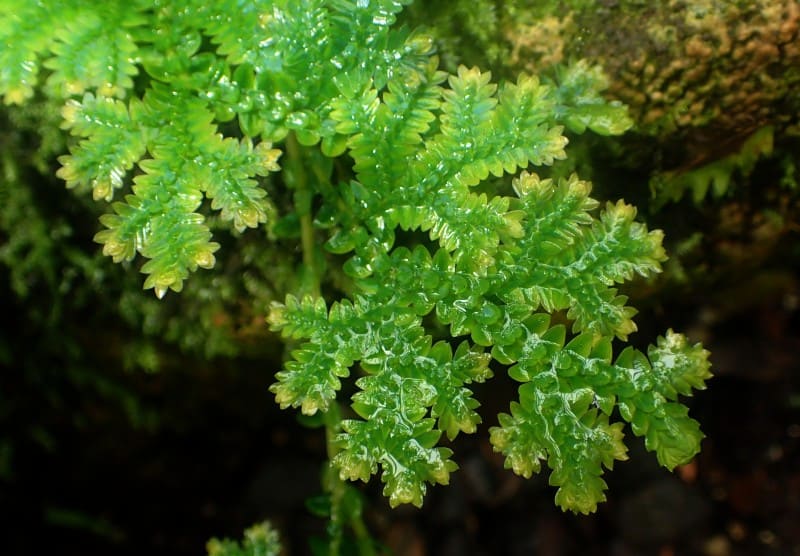
The plants are native to China in different forms with a small mound of foliage. The stems extend up to eight inches in length and can spread out to 12 inches. Many gardeners call it the Stauton’s spike moss.
Selaginella braunii
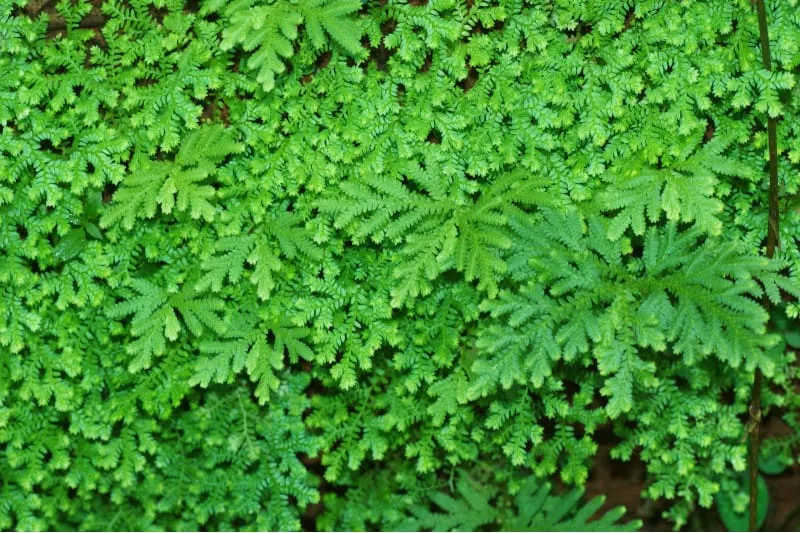
The arborvitae ferns are another variety of the family but are not a fern. It also spreads its foliage to over 110 feet and has dark green leaves.
Selaginella lepidophylia
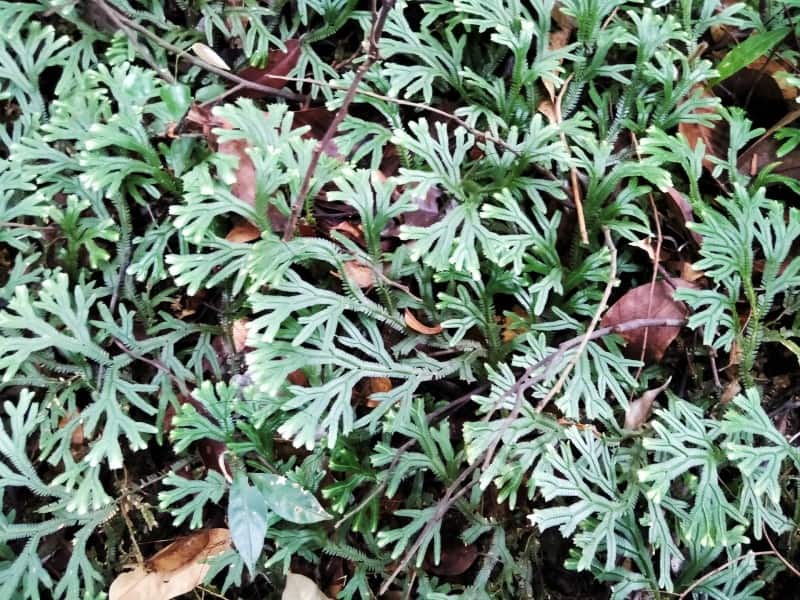
In the family of Selaginella, this is a show-off plant known as the resurrection plant. The strange thing compared to the other species it grows in dry air. You find it growing in Mexico with dark green leaves that have a scaly appearance.
In stock In stock (can be backordered) In stock In stock
$14.95
Sold By:
SunSoul Plants
$22.95Hibiscus coccineus, Red Texas Star Hibiscus seedling in 4″ pot
Rated 4.87 out of 5 based on 98 customer ratings00
Sold By:
SunSoul Plants
Free Shipping
$17.50
Sold By:
Gar-Zen Botanical Design
Portuguese Oregano Mexicali Mint Herb Ships Free.
Rated 4.86 out of 5 based on 49 customer ratings00
Sold By:
Gar-Zen Botanical Design
$18.99
Sold By:
Succulent Oasis
Medium Echeveria Fireglow
Rated 4.84 out of 5 based on 352 customer ratings00
Sold By:
Succulent Oasis
$25.99
Sold By:
Succulent Oasis
$45.00Large Kleinia Senecio Stapeliiformis |Pickle Plant | Very different and unique plant
Rated 4.84 out of 5 based on 352 customer ratings01
Sold By:
Succulent Oasis
Selaginella Plant Diseases & Pests
Some anxieties with your leafy friend are overwatering, leading to root rot. Here are some indications to keep an eye on:
- Browned leaves are a sign of dryness, or the humidity is too low.
- Scorched leaves are too much sunlight, and best to move them out of direct light.
- Crispy leaves are a sign of underwatering and are best to give your plant friend regular watering.
Frequently Asked Questions
Your plants are turning brown because the humidity is too low. It would help lift the moisture using a tray with wet pebbles underneath to provide them with moist air. Or you can place them with other plants.
You can place them on a tray filled with pebbles and water to revive your plants. But please make sure your plants are not standing in the water to prevent the roots from soaking in water.
You can mist your plants to help raise the humidity levels. Still, we recommend placing them on a humidity container or investing in a humidifier to keep the foliage moist.
You can find this outdoor plant online or at your local garden center. Yet, there is no need to look far as Plantly has the Selaginella available for you. The best part is you get your plant delivered to your door.
Whether you want to buy, sell or simply reach out to other plant enthusiasts, Plantly is the right place to be!
-
$15.99Sold By: Succulent Oasis
In stock
Succulent Plant Small Schwantesia Borcherdsii.
Only 10 available and it’s in 1 people’s basketRated 4.84 out of 5 based on 352 customer ratings00Sold By: Succulent Oasis -
Free Shipping$9.99 – $18.99Sold By: Thor's Backyard Nursery
In stock (can be backordered)
Azalea Gerbing (White) | HUGE BULK SALE!!! (Read Description)
Rated 4.89 out of 5 based on 53 customer ratings00Sold By: Thor's Backyard Nursery -
$15.00Sold By: Grow with Sass
In stock
Skull pot with succulent
Rated 5.00 out of 5 based on 19 customer ratings00Sold By: Grow with Sass -
$28.99Sold By: Succulent Oasis
$35.00In stock
Succulent Plant Mature Sedum Sun Sparkler
Rated 4.84 out of 5 based on 352 customer ratings00Sold By: Succulent Oasis
